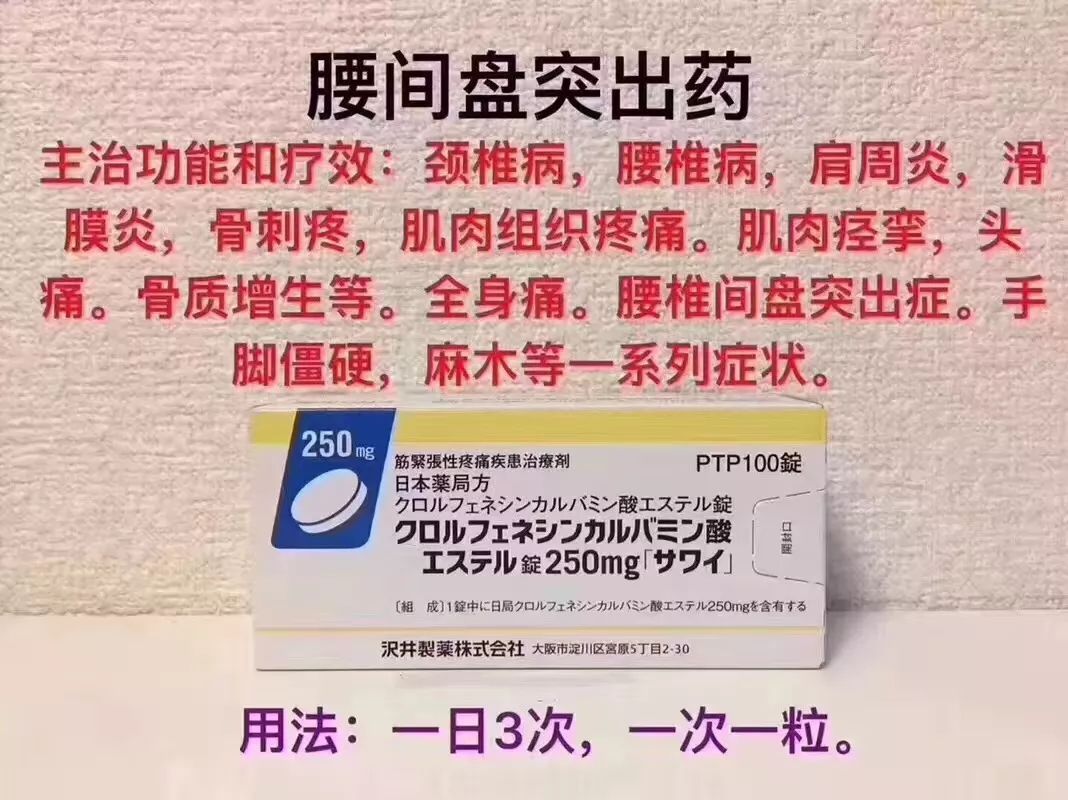### What is Lumbar Disc Herniation?
Lumbar disc herniation is not the same as lumbar disc herniation syndrome. Lumbar disc herniation is merely a result found through imaging studies. Many people undergo lumbar MRI during routine check-ups, and the report may show terms like "degenerative changes in the lumbar spine," "disc bulge," or "disc herniation," but in reality, they may have no symptoms at all. In such cases, treatment is not necessary.
### Criteria for Diagnosing Lumbar Disc Herniation Syndrome
What we commonly refer to as "lumbar disc herniation" actually refers to lumbar disc herniation syndrome. To diagnose this syndrome, the following conditions must be met:
1. **Symptoms**: Is there lower back pain, with radiating pain possibly extending to the buttocks, the back of the thighs, the outer part of the calves, or even the feet?
2. **Physical Examination**: The doctor will assess for limitations in lower back movement, tenderness, percussion pain, sensory deficits, or muscle weakness.
3. **Imaging Studies**: This includes X-rays, CT scans, or MRIs, which must show the extent, location, and direction of the disc herniation.
### Why Does Lumbar Disc Herniation Sometimes Have No Symptoms?
The spine does not exist in isolation; it is a whole made up of bones, joints, nerves, muscles, fascia, and ligaments. Any issue in one part can disrupt the normal alignment, leading to spinal instability and resulting in back pain. Therefore, having symptoms does not necessarily mean it is lumbar disc herniation; it may also involve problems with muscles, fascia, or ligaments.
Lumbar disc herniation syndrome is one of the more common conditions, primarily due to various parts of the lumbar disc (such as the nucleus pulposus, annulus fibrosus, and cartilage endplate) undergoing varying degrees of degenerative changes. Under external force, the annulus may rupture, allowing the nucleus pulposus to protrude (or extrude) backward into the spinal canal, irritating or compressing adjacent spinal nerve roots. This can lead to back pain, as well as numbness and pain in one or both lower limbs.
The incidence of lumbar disc herniation is highest between L4-L5 and L5-S1, accounting for approximately 95%. (Source: Baidu)

Chlorphenesin 250mg Tablets (Zawai): 100 Tablets
**Indications**: Treatment for lumbar disc herniation, disc protrusion, bone hyperplasia, muscle spasms, and tension-type pain.
**Main Functions and Effects**: Effective for cervical spondylosis, lumbar spondylosis, shoulder periarthritis, synovitis, bone spur pain, muscle tissue pain, muscle spasms, headaches, and bone hyperplasia. It also addresses systemic pain, lumbar disc herniation, stiffness, numbness in the limbs, and a range of related symptoms.
**Dosage**: Take one tablet three times a day.
A typical course of treatment is three boxes.
**Note**: Each person's condition is different, so dosage should be adjusted according to the individual’s condition.
### Prevention of Lumbar Disc Herniation
Lumbar disc herniation is primarily caused by degenerative changes and repeated cumulative injuries. These cumulative injuries can exacerbate disc degeneration, so the key to prevention lies in minimizing these injuries. Maintaining good posture, engaging in moderate exercise, and avoiding excessive loads are effective preventive measures.
- **Maintain Good Sitting Posture**: Choose a mattress that is not too soft for sleep.
- **For Long-Term Desk Workers**: Pay attention to the height of desks and chairs, and regularly change positions to avoid prolonged static posture.
- **For Professions That Require Frequent Bending**: Regularly perform lower back stretches and chest-opening exercises, and use a wide belt for additional support.
- **Strengthen the Back Muscles**: Training the back muscles is crucial for improving spinal stability. Those who rely on back supports should pay special attention to exercising their back muscles to prevent disuse atrophy.
- **When Bending to Pick Up Objects**: Use a hip flexion and knee flexion squat technique to reduce pressure on the posterior part of the lumbar disc.
